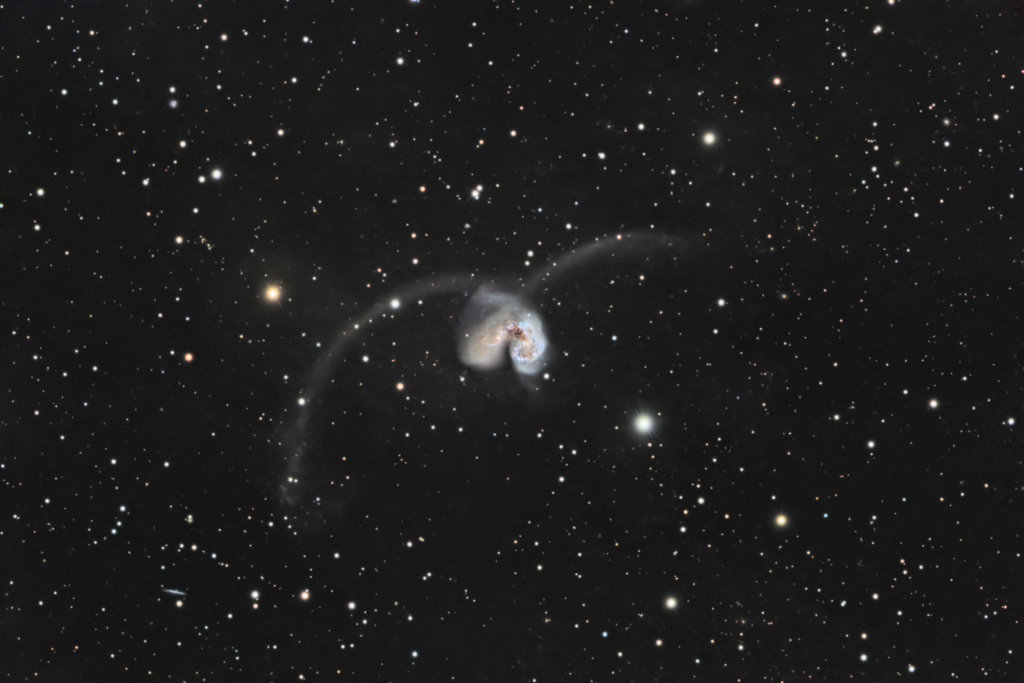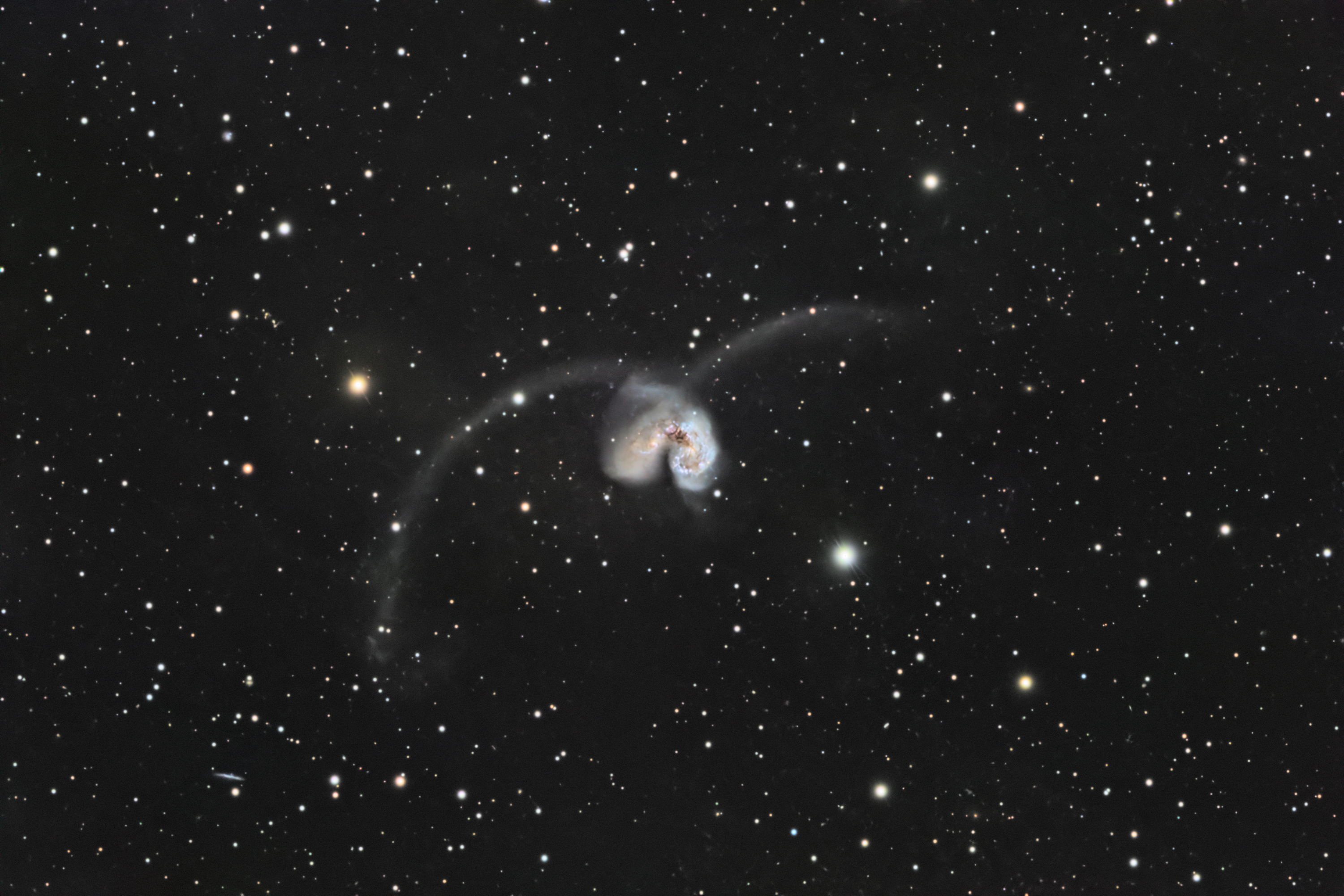
Similar Posts
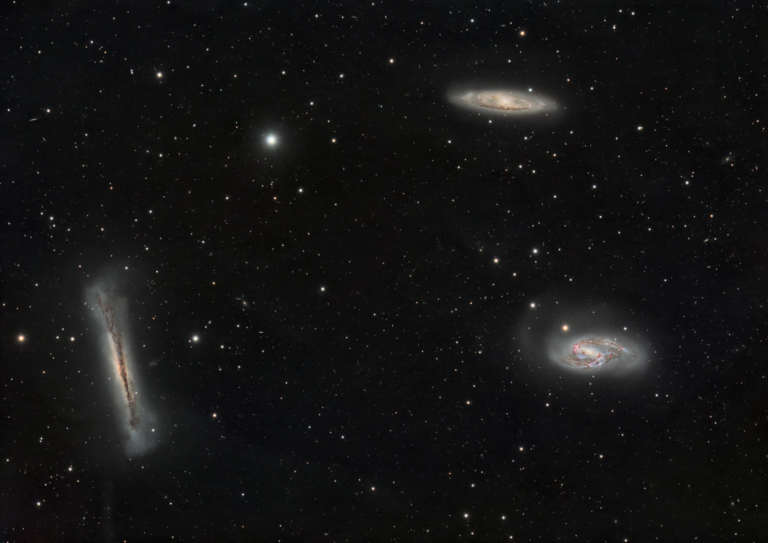
The Leo Trio (again)
It’s been awhile since I imaged the “Leo Trio” (aka Leo Triplet) of galaxies: M65, M66, and NGC 3628. I wanted to see if my latest equipment, software, and somewhat darker skies made a difference. I’d say so… this is a total of 25 hours of exposure time, including some Hydrogen-alpha filter data to pull…
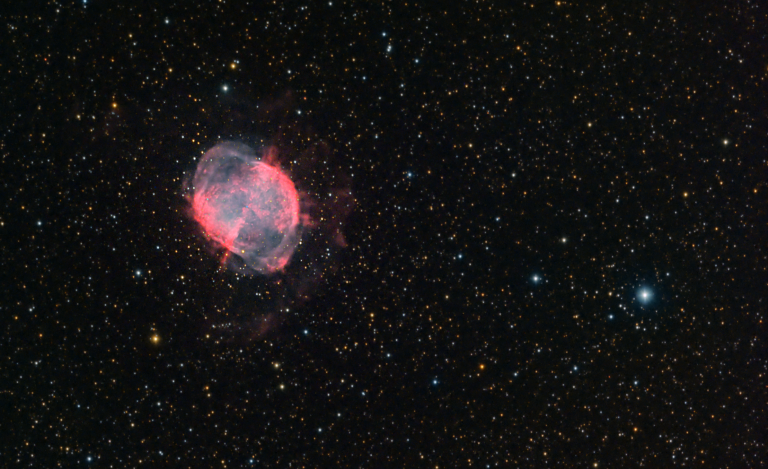
The Dumbbell Nebula
The Dumbbell Nebula (M27) is what’s called a planetary nebula – but it has nothing to do with a planet. This shell of gas was blown out by a dying star; once it started to run out of Hydrogen to burn, it expanded and blew out the gases you see here. The star then collapsed…
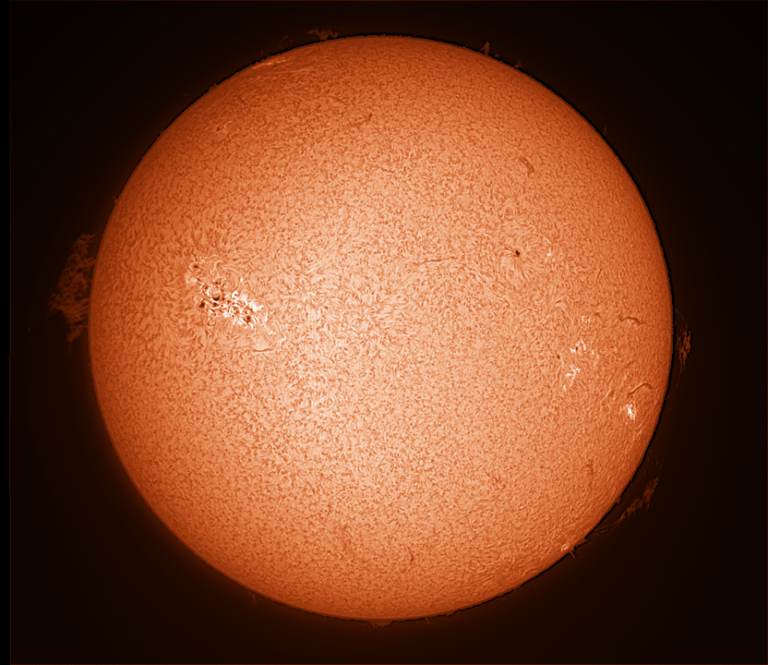
The Sun is Looking Angry Today
That massive sunspot group rivals the size of the one that triggered the Carrington Event in 1859. So far it has kicked off some large coronal mass ejections heading our way, but fortunately nothing on that scale. Let’s hope we just get some pretty auroras from this, and nothing more damaging!
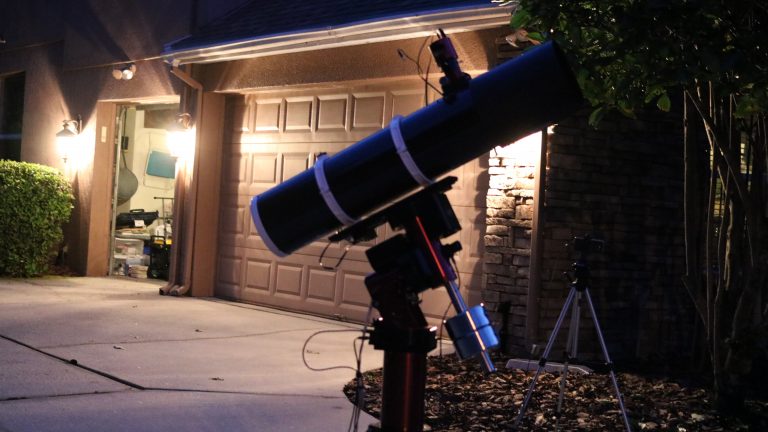
Boldly Going Webcast: Behind the Scenes
If you’re a fellow amateur astronomer, you might be curious as to how our “live star parties” on our Boldly Going YouTube Channel are produced. The more people doing this, the better! Here’s how it all works behind the scenes, which might give you some ideas on how to produce your own show. The Heart…
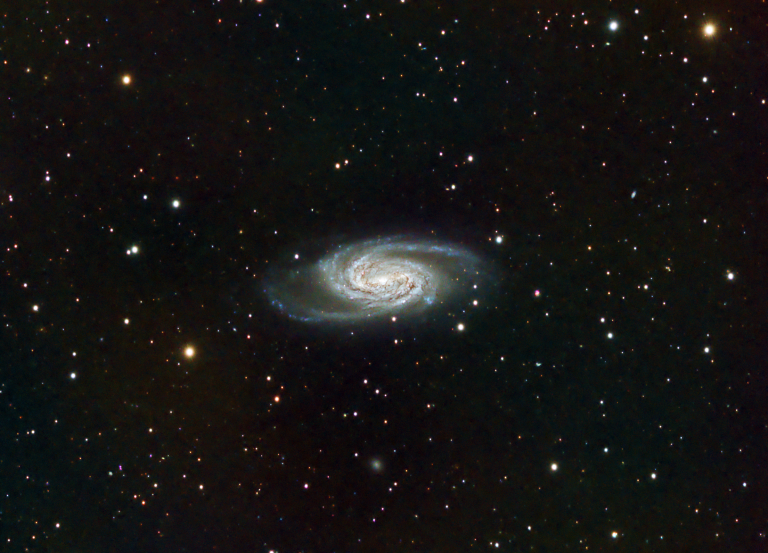
NGC2903 feels lonely.
It’s a good thing galaxies don’t have feelings; they’re just collections of billions of stars. Because NGC 2903 would need therapy. It has no cute nickname like other galaxies; it’s just NGC 2903. And it has no galactic neighbors; most galaxies are gravitationally bound to other galaxies in their local group or cluster, but NGC…
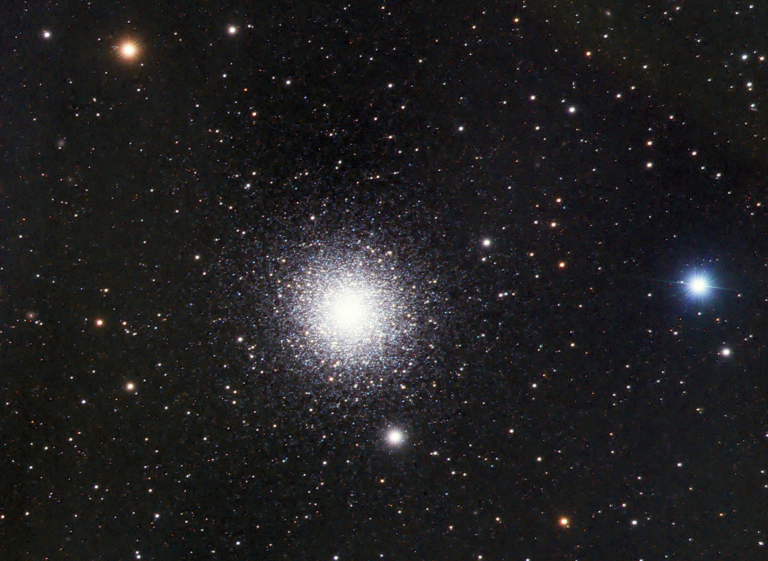
Globular Cluster M15
Located about 33,600 light-years away within the constellation Pegasus, Messier 15 is a globular cluster – a tight, ancient ball of stars on the outskirts of our galaxy. The Milky Way is surrounded by many such clusters; this one’s special because it’s known to host a rare intermediate-sized black hole at its center, and it…

